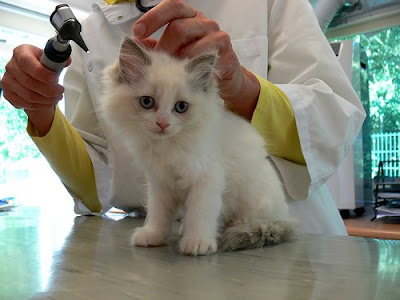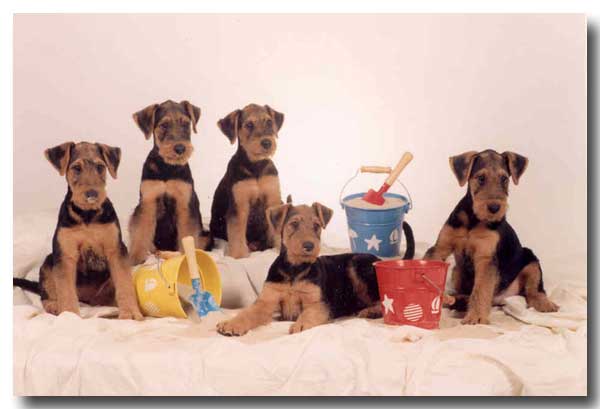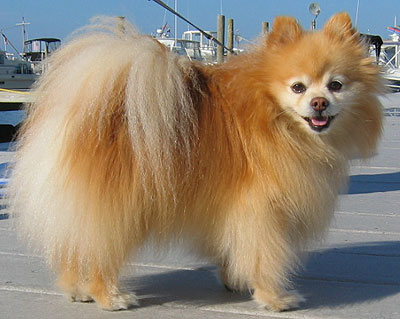For a cat, scratching is a natural, necessary act. Besides keeping her claws in top shape, the stretching involved in a good scratch keeps her upper body strong and loose. Also, every time a cat scratches a surface, scent glands between her toes leave her signature smell for others to find. In this way, she marks her territory, even if that happens to be in your living room.
Just because a cat must scratch doesn't mean she must destroy your furniture. Redirecting a cat's scratching to an appropriate object simply requires patience, flexibiity and time. To keep your cat from grooming her claws on your couch, you must give her some furniture of her own.

understand the difference between the carpet on the scratching post and that on the floor. They both feel good to her.
Some cats like to extend their entire bodies when they stretch to scratch. Others just work their shoulder muscles. If your cat is one of the former, you'll need to provide a tall, sturdy scratching surface. No matter what height your cat likes to use, be sure the scratching surface is stable. If your cat begins scratching and the post or board falls, it will frighten her and she will likely not use it again.

Remember, too, that your entire home is her territory. For that reason, it is a good idea to place scratching surfaces throughout the house, in places where you tend to linger. Bedrooms, kitchens, home offices are all places that are important to your cat because that is where you are likely to be.
If your cat persists in scratching furniture instead of the appropriate surface, you will have to retrain her. When you catch her
about to scratch inappropriately, say "no" in a loud voice. Pick her up and carry her to her scratching surface. Some experts suggest gently taking her paw and simulating scratching to give her the right idea. If your cat only attacks the furniture when you are out of sight, it might be best to confine her to one room when you can't supervise her. Be sure to put food, water, a litter box and, of course, a scratching surface in the room with her. Once she seems to have gotten the hang of only using her scratching posts, she can have free run of the house again.











































